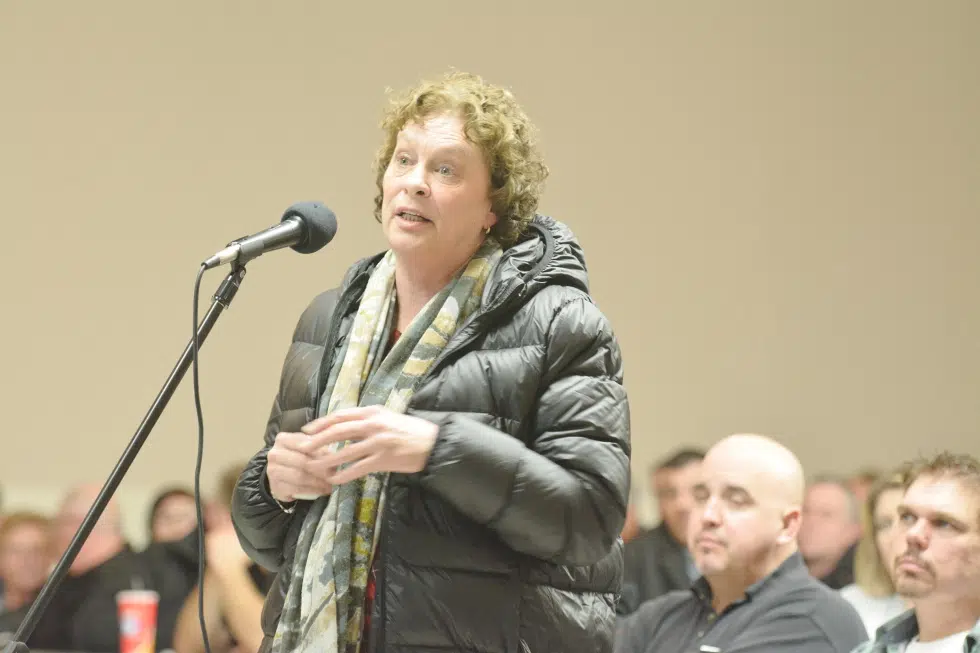
Flood regs frustrate residents, property owners
The Hazeldell home that Carol Yeo and her husband live in has been around for at least 60 years.
Yeo’s husband has lived in the home since he was a child. The couple was well aware they lived in the one-in-100 year flood plain, which is an area that has a one per cent chance of experiencing a flood in any given year.
What they weren’t expecting was to have the City of Prince Albert deny them a building permit for the garage they planned to build. The denial was based on the fact the house is in the one-in-100 year flood plain.
“And, then further to that, even beyond a garage, we couldn’t put up an addition on our home, we couldn’t build a new home, we couldn’t even put a shed on our property,” she said.


